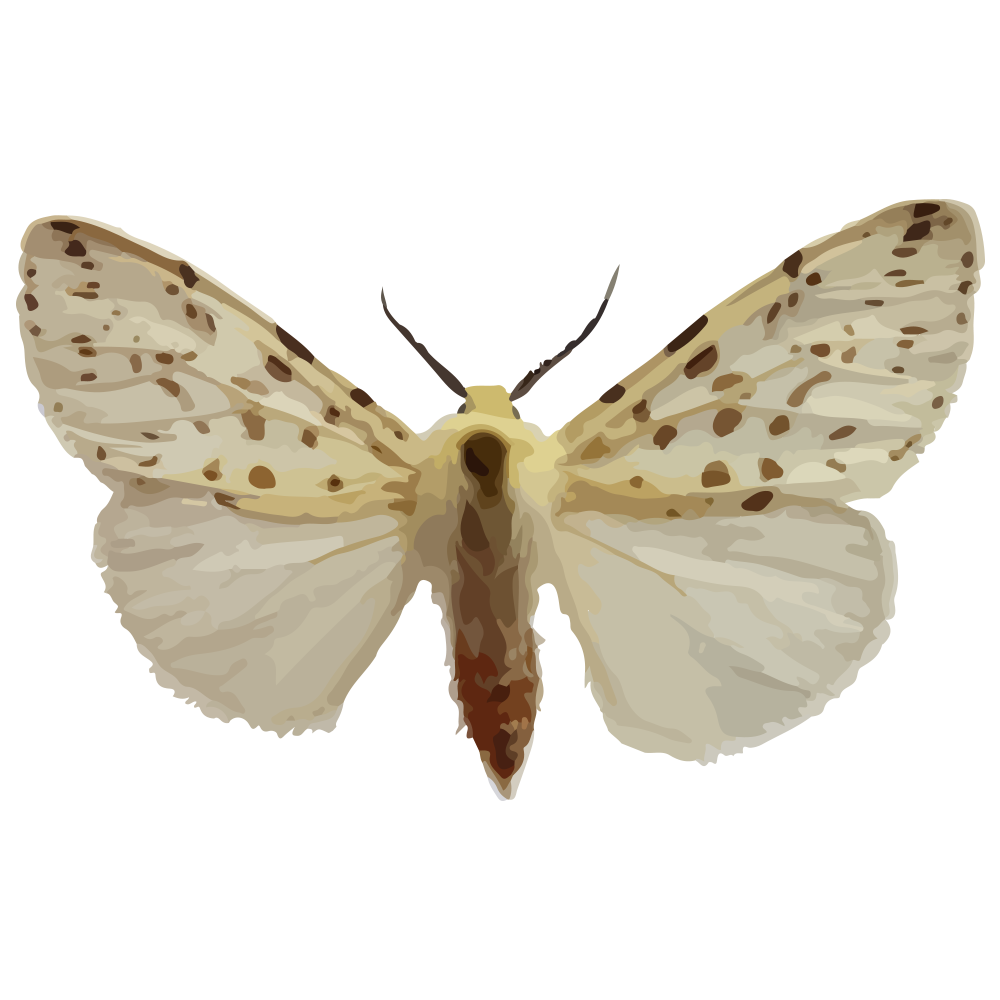


| Latin Name | Hyphantria cunea |
| Common Name | Fall webworm moth |
| Biology | Adult moths are nocturnal and phototactic, ovipositing in clustered masses on leaf undersides. Larvae collectively spin silk webs to feed within them; initially creating translucent patches on leaves, subsequently consuming entire foliage leaving only veins. This insect is polyphagous, highly reproductive, and rapid-spreading—a quarantine pest of global concern—producing 2-3 generations annually. |
| Damage | This pest primarily damages multiple forest and fruit trees including poplar, willow, elm, apple, and pear. |
| Distribution Regions | Invaded areas |
| Monitoring | Pheromone lures mimic natural sex pheromones to attract male insects into specialized traps for population monitoring and suppression. As a core IPM component, monitoring enables early risk detection and targeted control. Mass trapping reduces mating opportunities to curb offspring populations. Protocols: ●Use only with matched traps. ●15-45 traps/hectare,replace/replenish every 4-6 weeks. ●Wear gloves or wash hands with detergent when switching lure types. ●Refer to trap-specific hanging instructions. |
| Recommended Traps | Delta Trap, Wing Trap |

Teilen Sie Ihre Kontaktinformationen, um präzise passende Pheromonlösungen zu erhalten. Sollte unser bestehendes Portfolio keine optimale Lösung bieten, initiiert unser Synthesechemie-Team eine kundenspezifische Entwicklung – vom Molekülstrukturdesign bis zur skalierten Produktion.